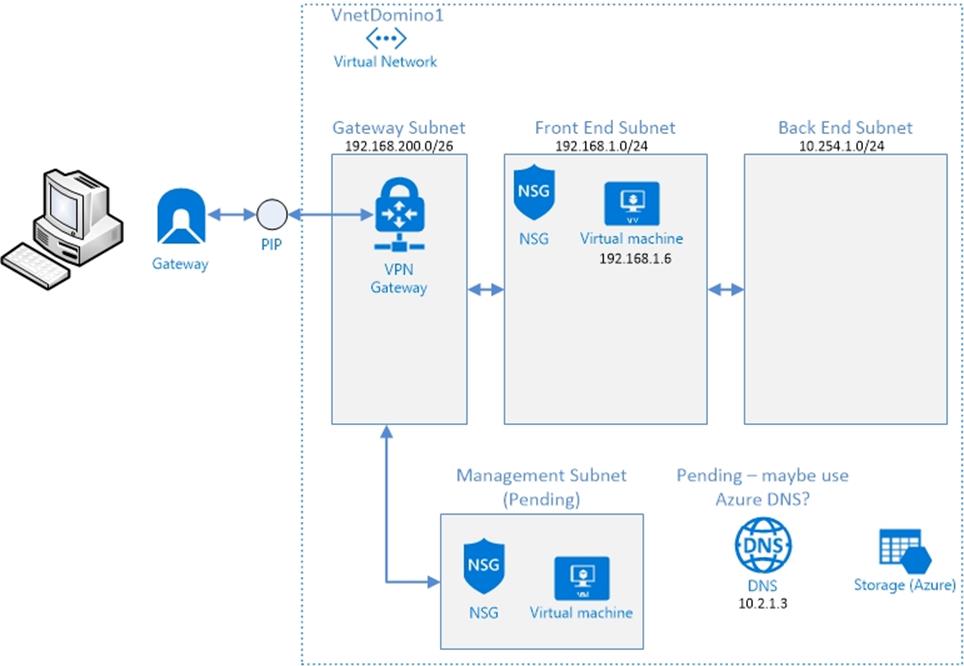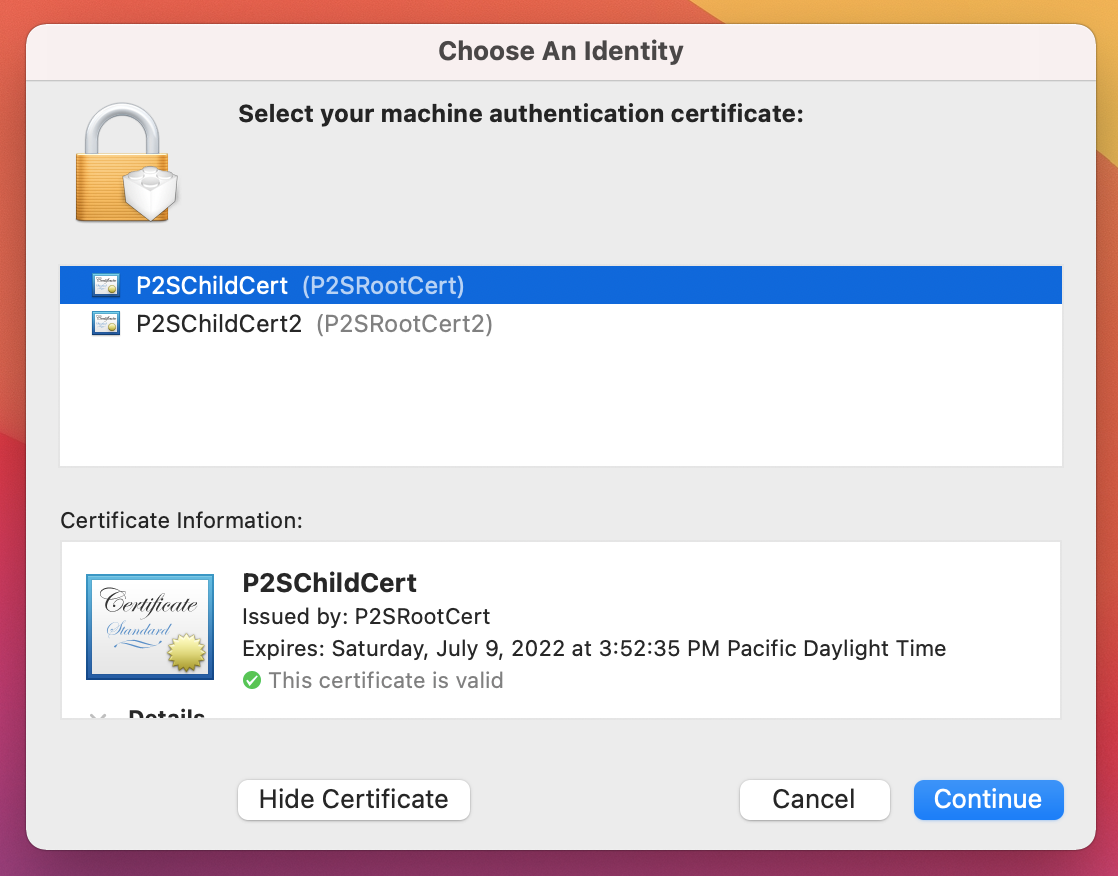

The next step is to create a Public IP which must be dynamically allocated to VPN gateway that we have created for our virtual network. To check if it has been created successfully typeĪz network vnet subnet list -o table -g myGroup –vnet-name myVNet01 Create a public IP address: Use the following cmd to add a gateway subnet:Īz network vnet subnet create -g myGroup -n GatewaySubnet –vnet-name myVNet01 –address-prefix 10.10.90.0/29 I have already create Resource Group, Vnet, Subnet and a VM by following these articles:Īfter creating above things, next step is to add Gateway Subnet that will contain the reserved IP addresses that the virtual network gateway services use. You can either use the steps as a walk-through and use the values without changing them, or change them to reflect your environment. I will use the above example in order to create our P2S connection. VPN clients that connect to the VNet using this Point-to-Site connection receive an IP address from the VPN client address pool. The Subnet name GatewaySubnet is mandatory for the VPN gateway to work. For more information please visit MS Article:

OpenSSL, Secure Socket Tunneling Protocol (SSTP), and IKEv2 VPN Protocols are being used by P2S. P2S VPN is also a useful solution to use when you have only a few clients that need to connect to a VNet. This solution is useful for telecommuters who want to connect to Azure VNets from a remote location, such as from home or a conference.

A Point-to-Site (P2S) VPN gateway connection lets you create a secure connection to your virtual network from an individual client computer.


 0 kommentar(er)
0 kommentar(er)
